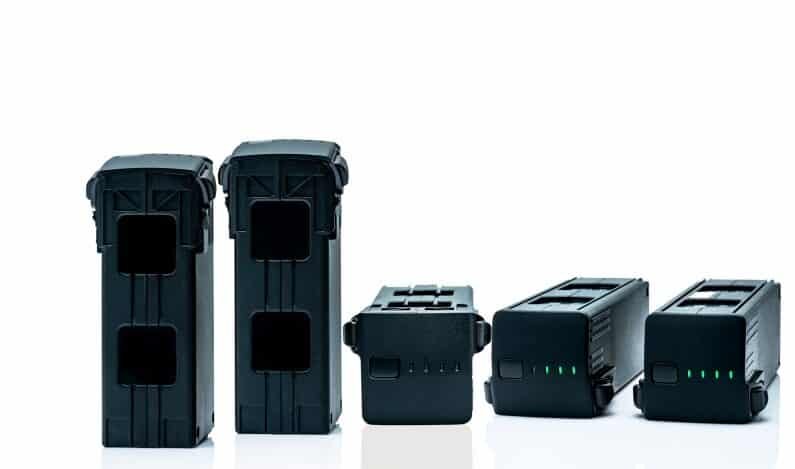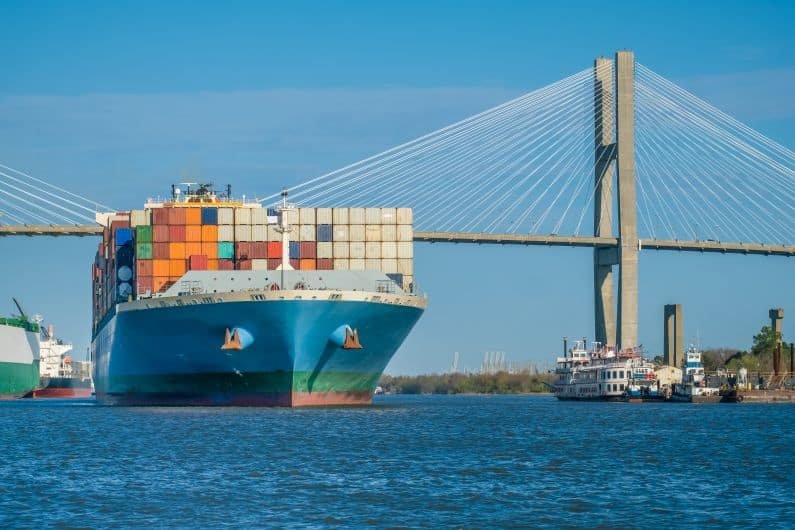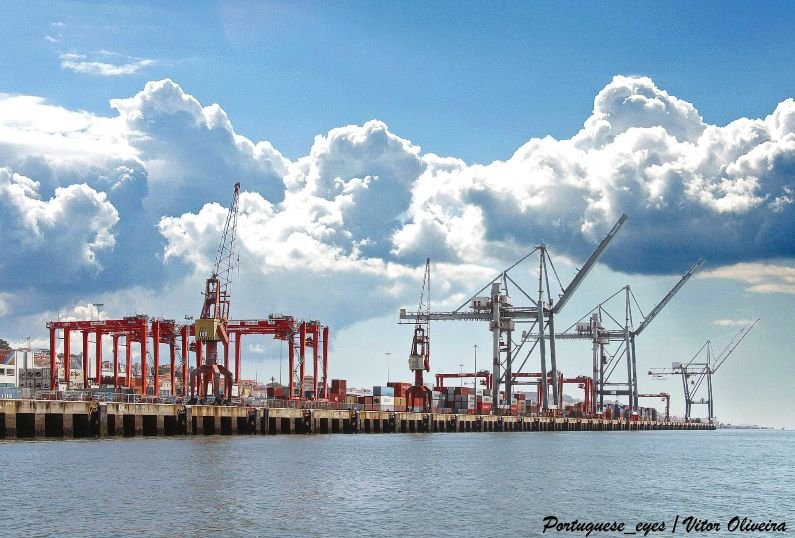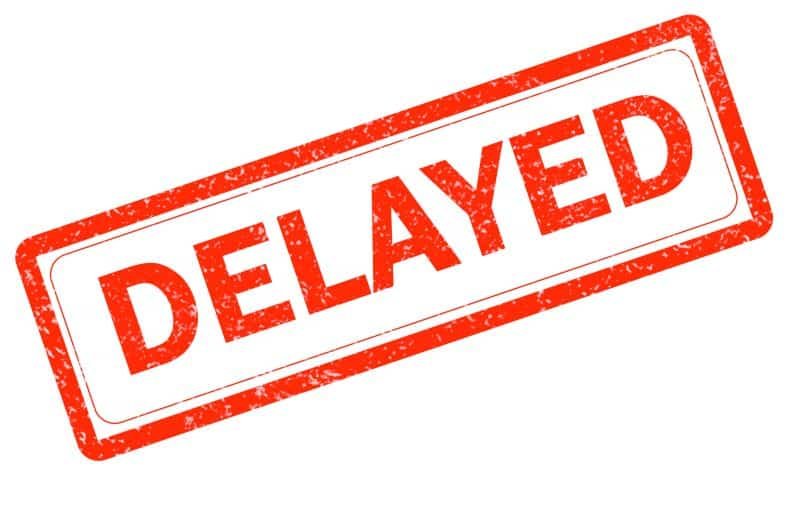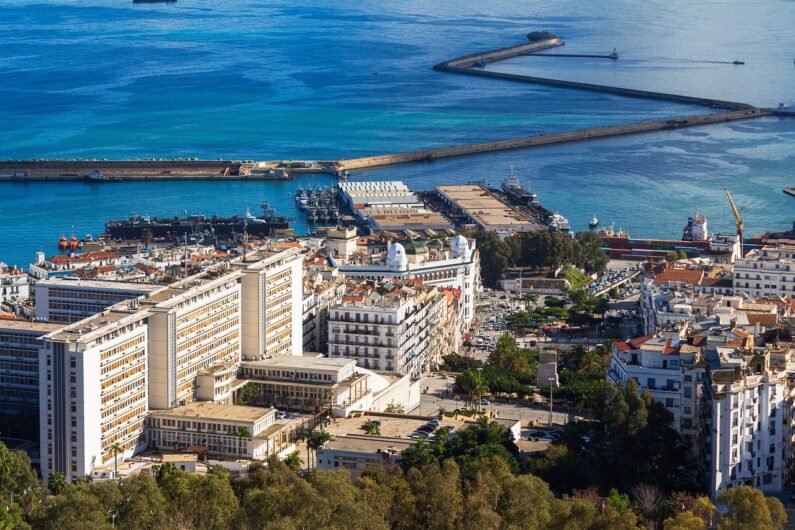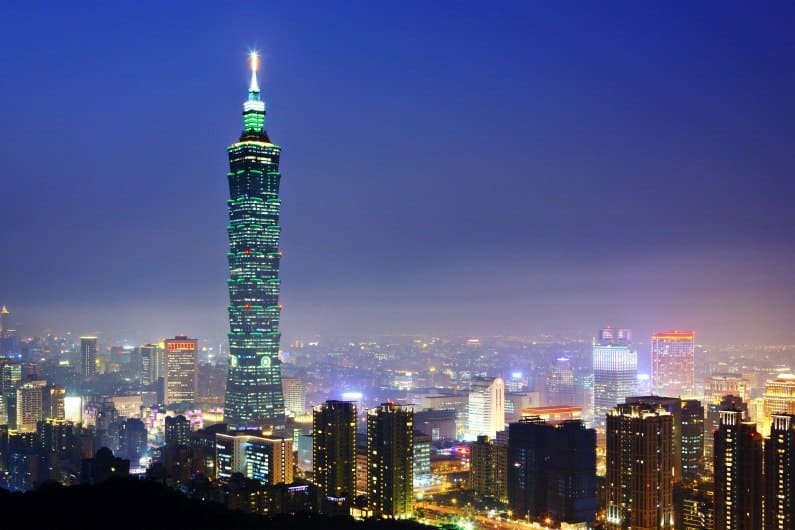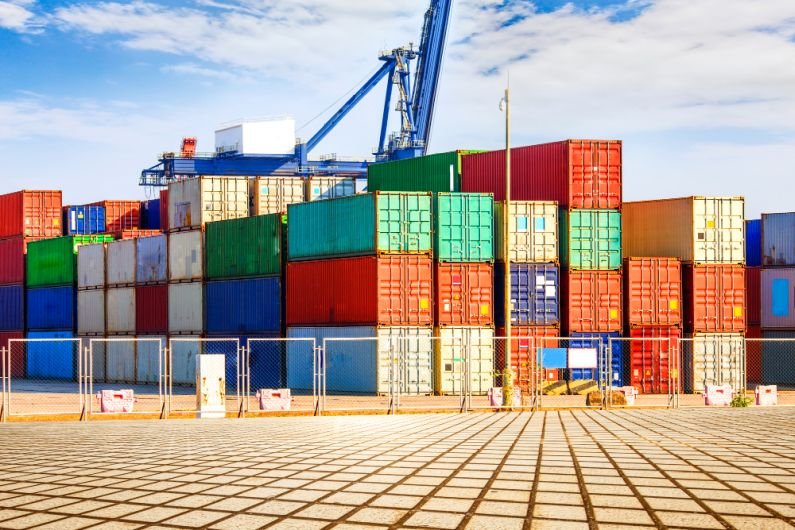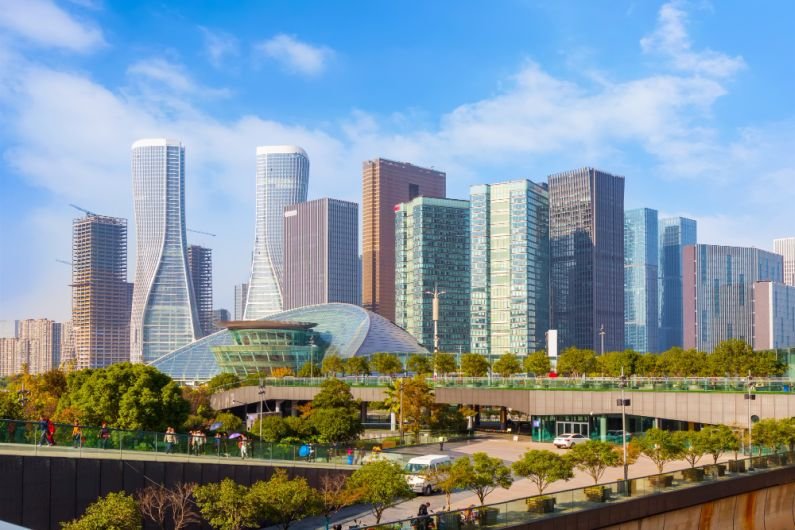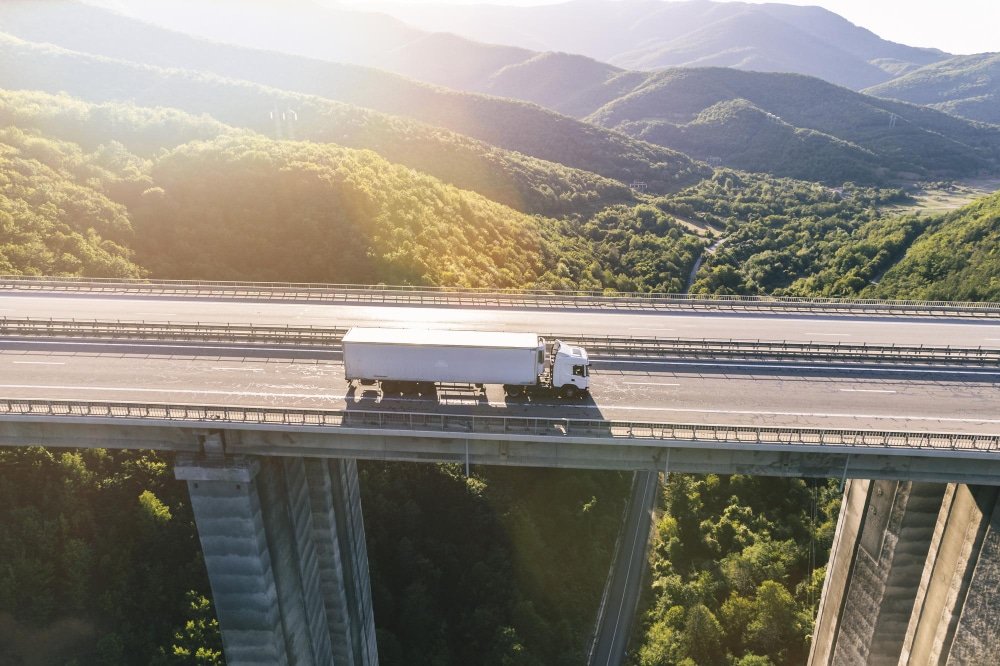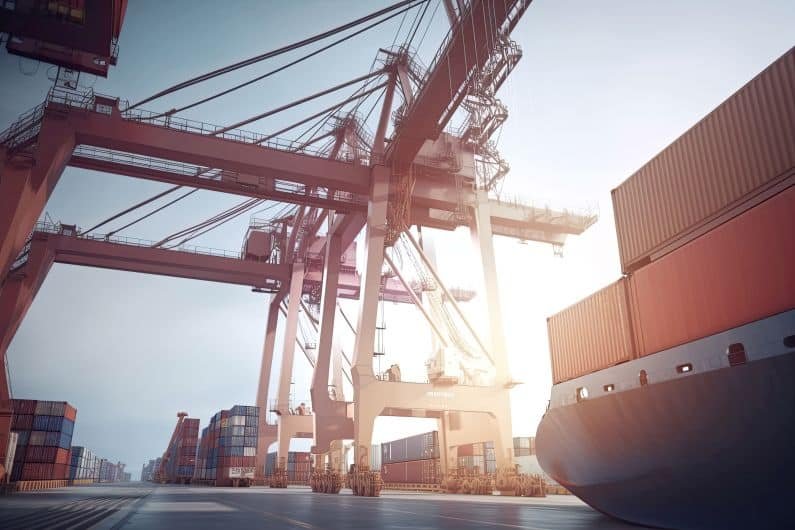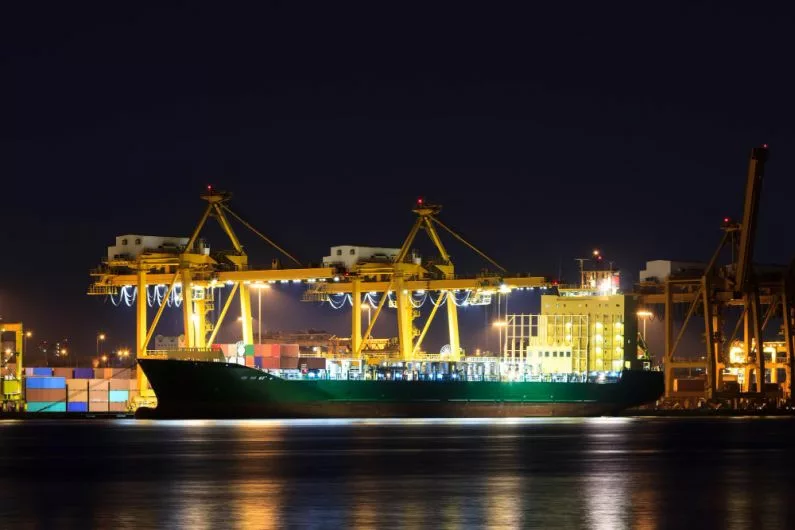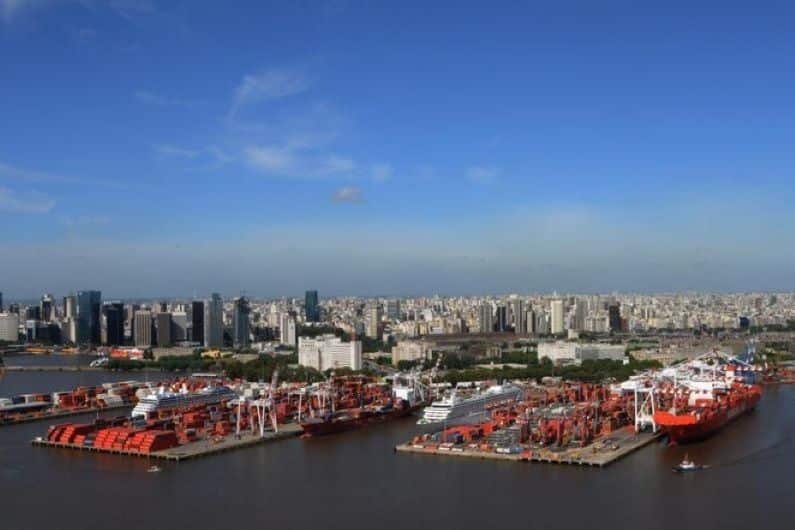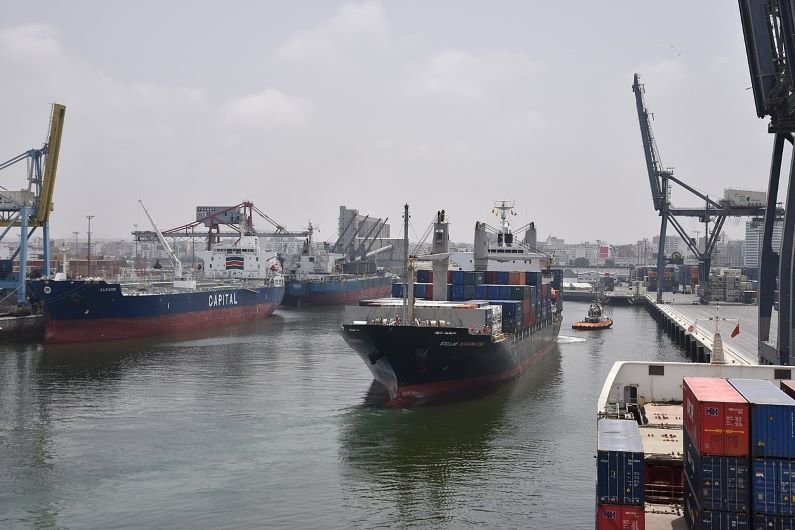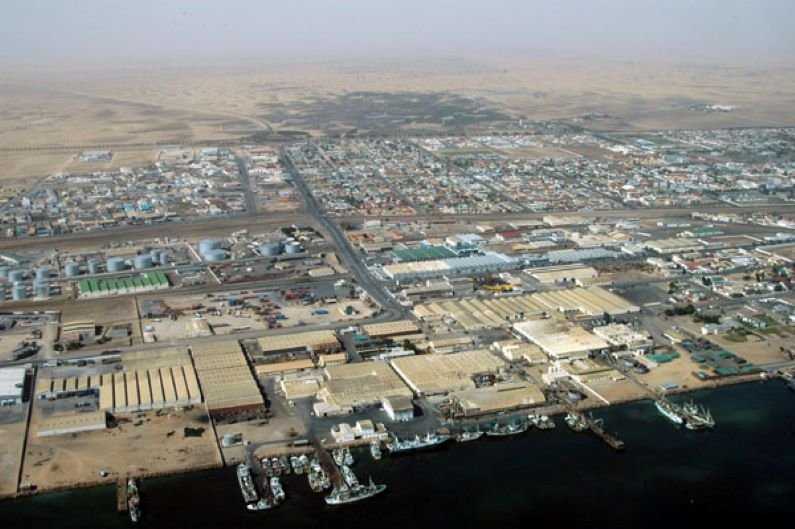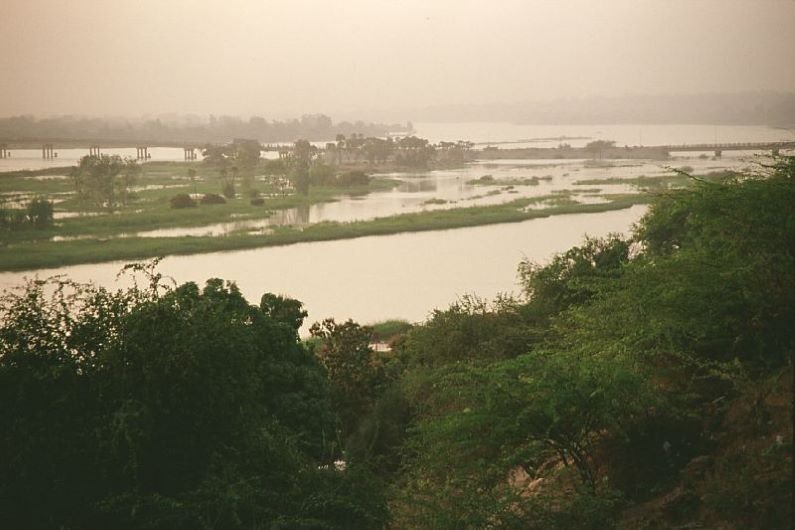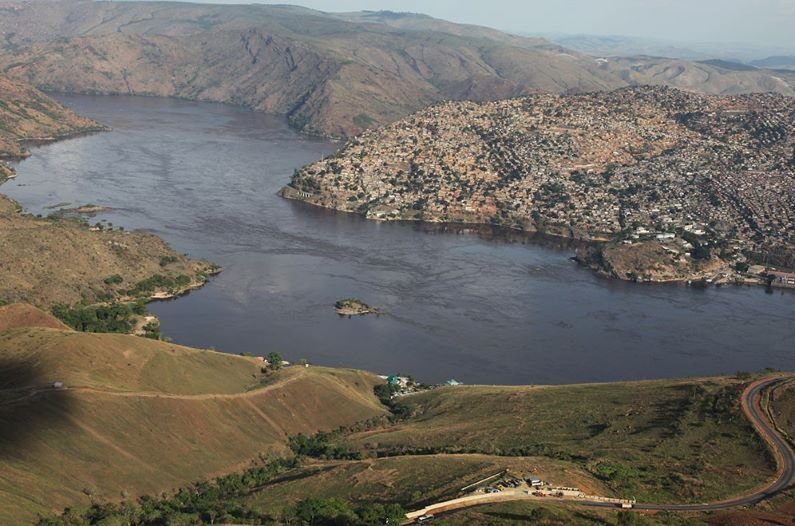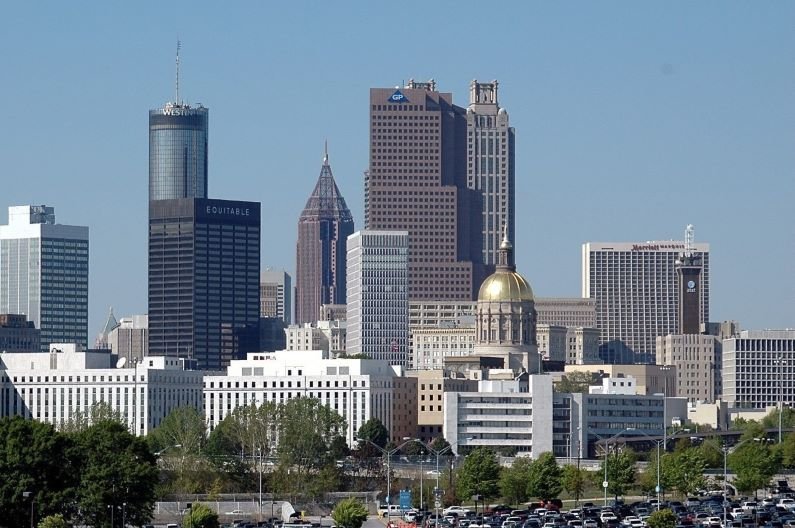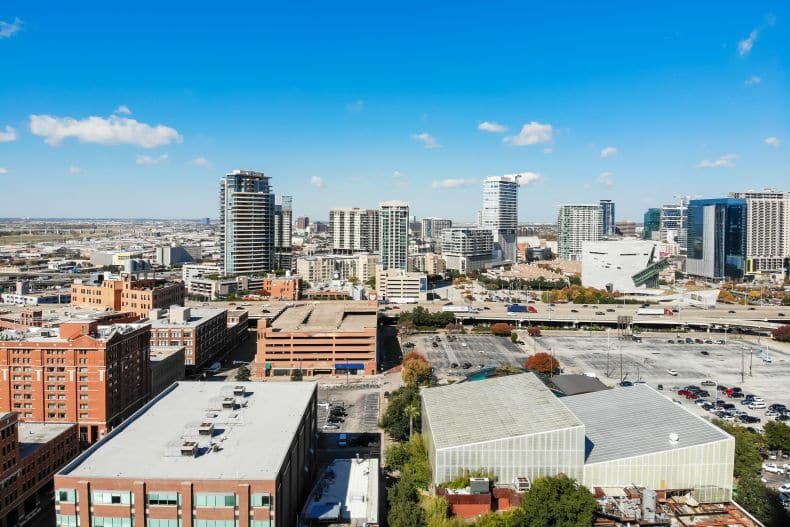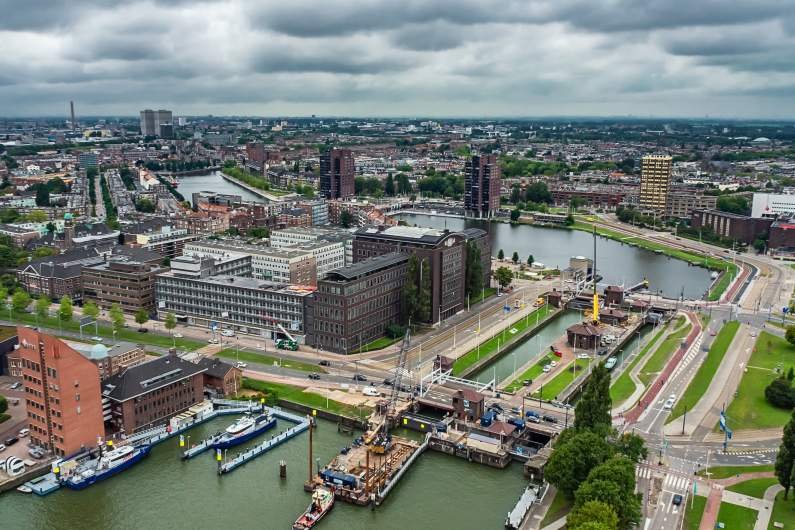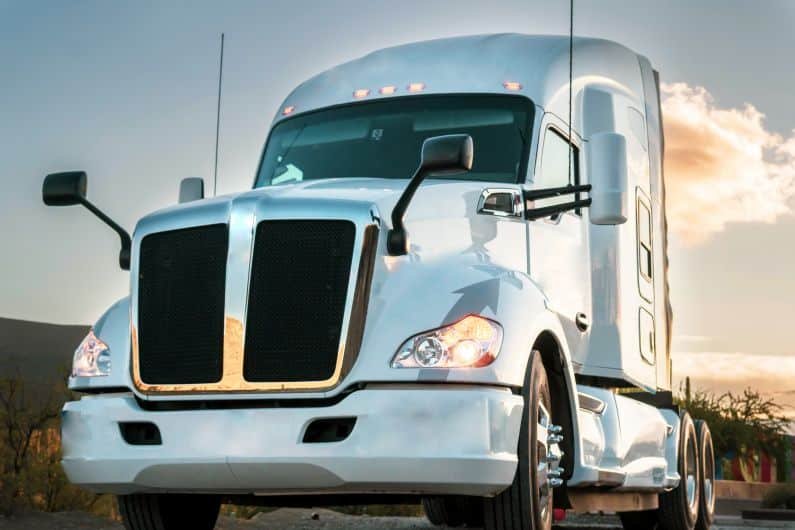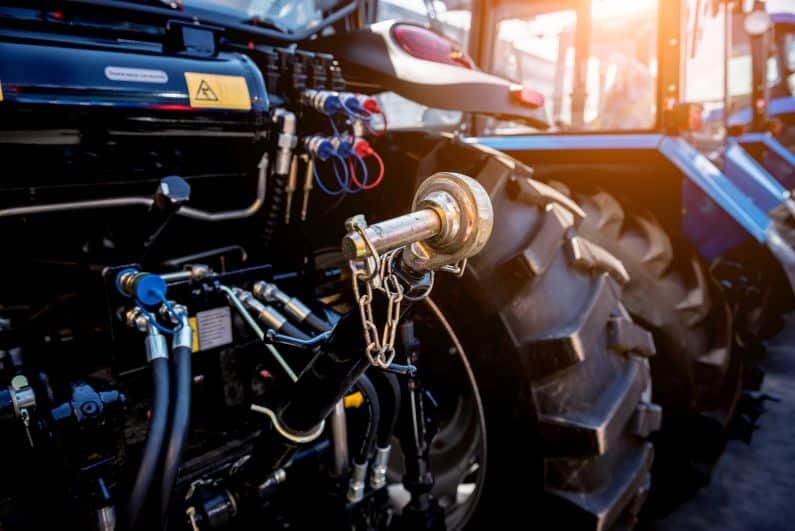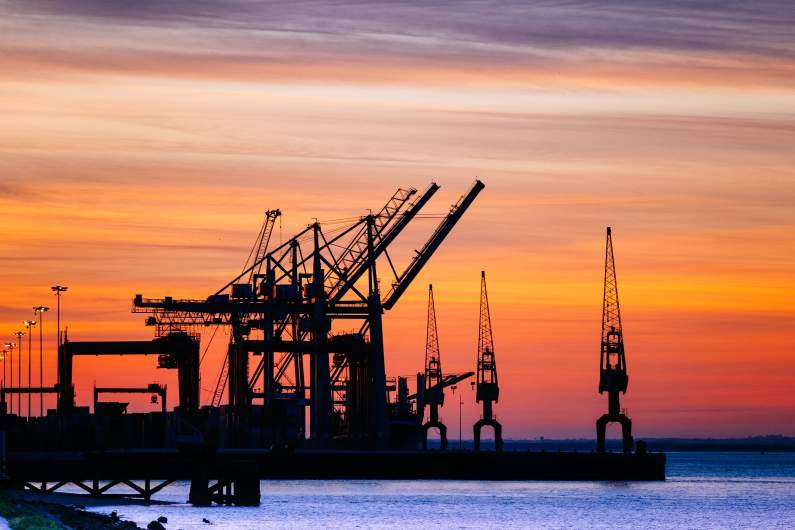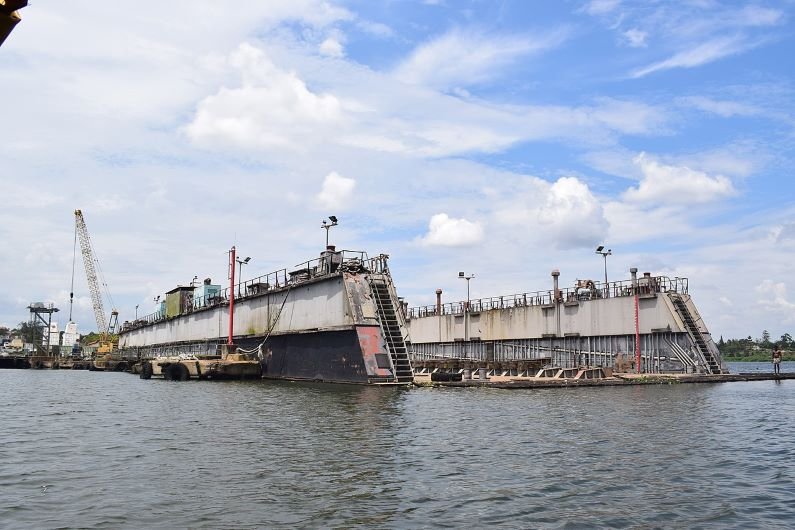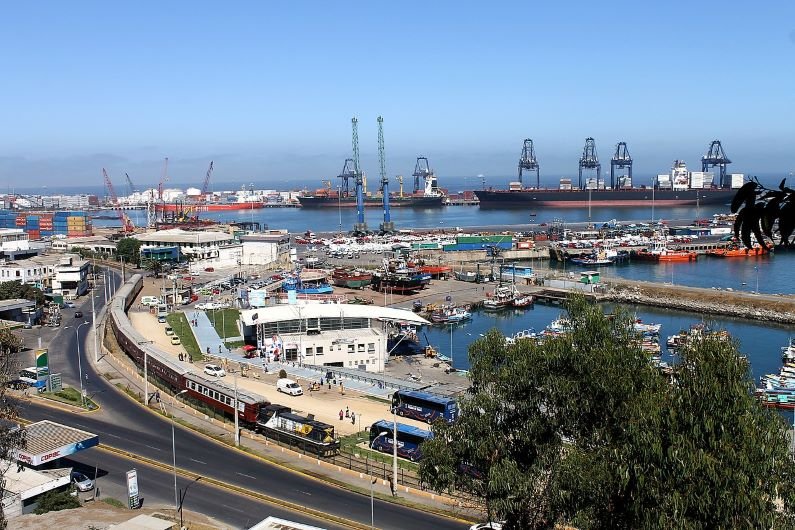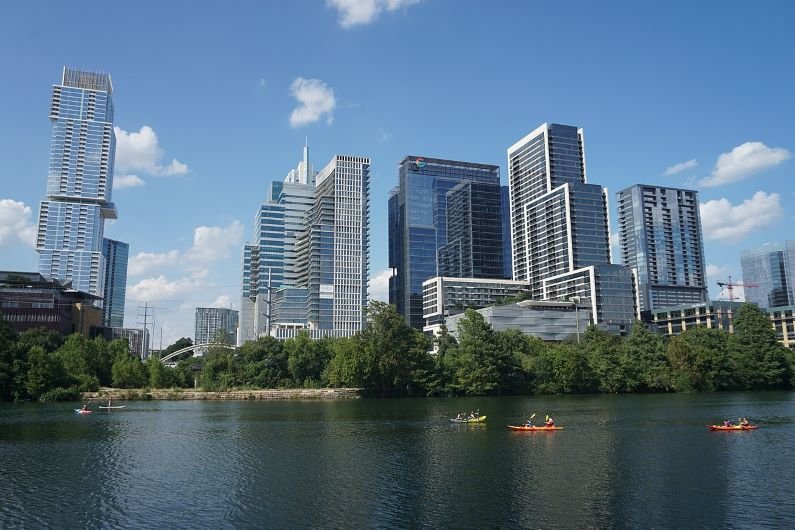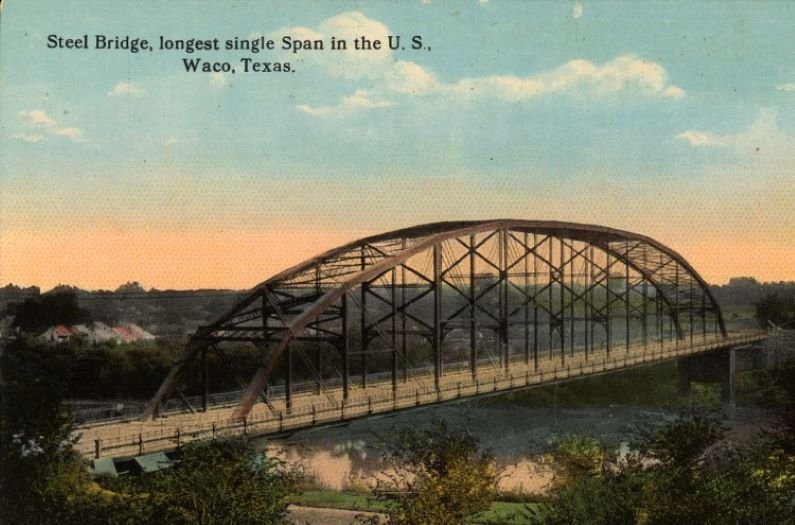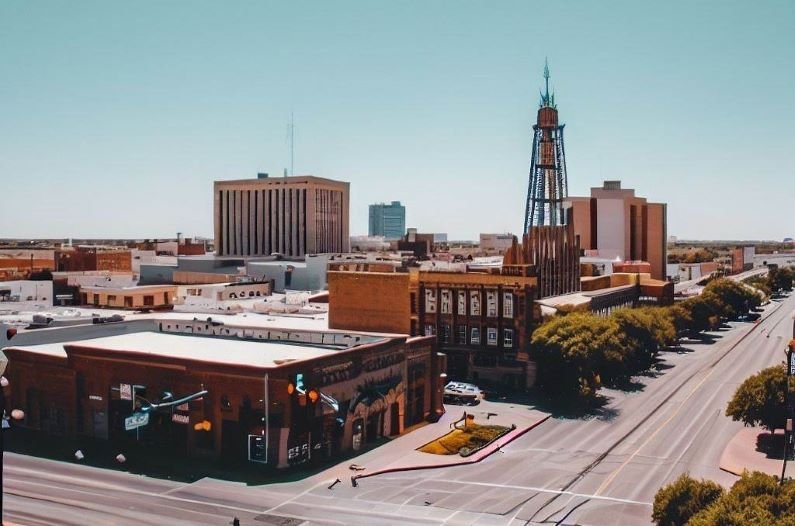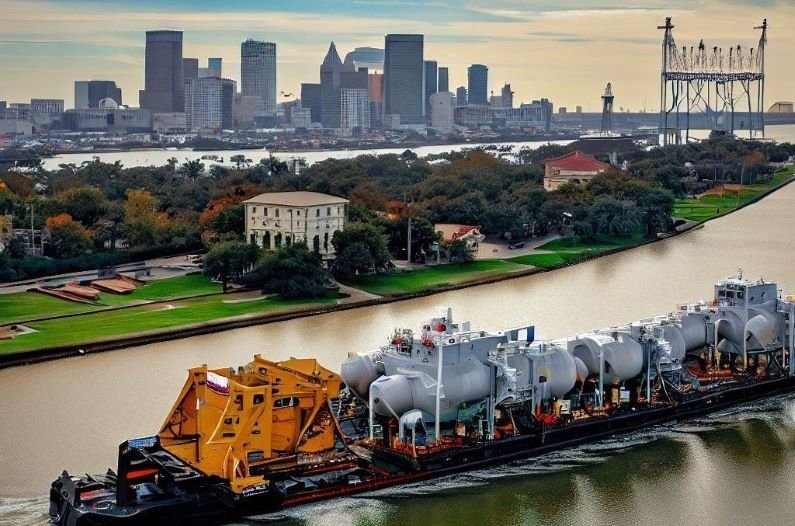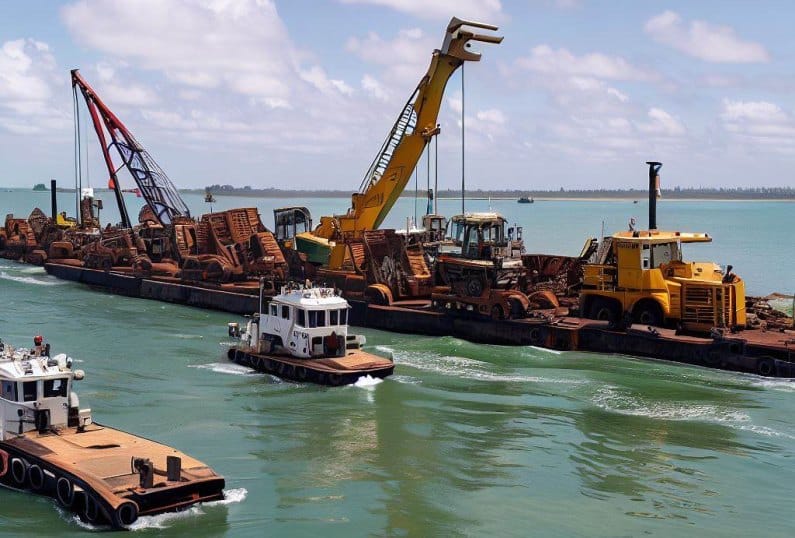From data centers in the desert to self-sufficient industrial parks, lithium battery modules work hard for off-grid energy storage.
These aren’t the little battery cells you find in your phone. Rather, they’re massive, high-capacity storage units that can weigh thousands of pounds and provide backup or primary energy to entire operations.
But where do these modules come from? How big can they actually get? And what’s involved in shipping lithium battery modules into the U.S., especially to remote areas where they’re needed most?
What Are Lithium Battery Modules?
Lithium battery modules are the core components of large-scale energy storage systems (ESS).
They’re assembled from multiple lithium-ion battery cells, packed together to deliver high energy density in a relatively compact form.
These modules can then be stacked into racks or containers, forming massive battery arrays used in:
- Mini industrial parks
- Microgrids and off-grid installations
- Solar and wind power storage
- Backup systems for critical infrastructure
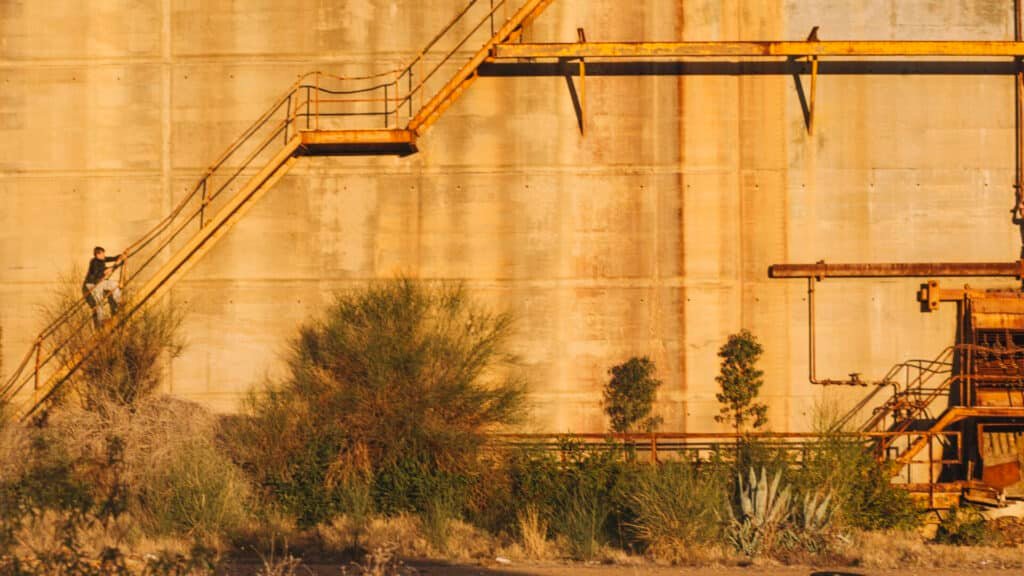
Where Are They Made?
While some U.S. companies manufacture lithium modules domestically, many of the largest units come from Asia, particularly China, South Korea, and Japan.
Lithium battery production is a mature and fast-growing industry within these regions, and shipping lithium battery modules has become a necessity for many industries within the US.
Manufacturers like CATL, LG Energy Solution, and Panasonic are shipping lithium battery modules in bulk to meet rising global demand.
Key exporting regions include
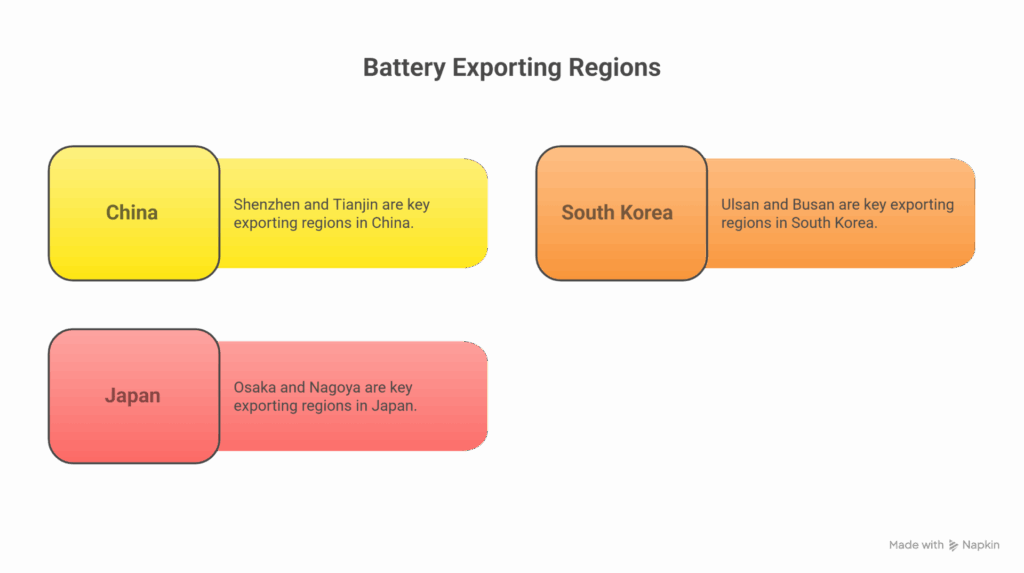
How Big Can They Get?
Forget car batteries, industrial-grade lithium modules can be the size of a shipping container.
Some weigh over 5,000 lbs per unit, depending on capacity and configuration.
Examples include:
- Tesla Megapack: Up to 3.9 MWh of storage per unit
- CATL EnerOne modules: Designed for scalable outdoor use, each rack can weigh ~2,000 lbs
- LG RESU Flex systems: Modular systems designed for commercial installations
When combined into arrays, these setups can support entire facilities or power infrastructure in isolated areas, think desert solar farms in Arizona or remote oil fields in Texas.
Why Lithium Battery Modules are Shipped into the Middle of Nowhere
Many of these modules don’t go to urban centers.
They’re bound for remote mini-industrial parks, data centers in rural areas, isolated research facilities, and military or energy installations off the main grid.
These facilities can’t rely on public utilities, either because of distance, reliability concerns, or energy independence goals.
Shipping lithium battery modules to these areas provides essential energy storage and grid independence.
Shipping Lithium Battery Modules into the U.S.: What You Need to Know
Transporting large-format lithium batteries isn’t like shipping other heavy machinery.
They’re classified as hazardous materials (Class 9 under UN3480/3481) due to their potential fire risk and energy density.
That means strict compliance with:
- U.S. Department of Transportation (DOT) regulations
- International Maritime Dangerous Goods (IMDG) Code
- IATA rules for air shipments (rare for large modules but relevant for smaller units)
The most important considerations when shipping lithium battery modules are:
✅ Proper packaging and labeling
✅ Shipping under UN specs with documentation
✅ Battery management system (BMS) protection
✅ Shock and heat protection
✅ Customs clearance coordination
For larger shipments arriving by sea, breakbulk or containerized freight is standard. Once they arrive at U.S. ports (like Houston, Miami, or Savannah), they’re often loaded onto flatbed trucks or lowboys and transported to inland sites.

Partner with Shipping Specialists Like Texas International Freight
When you’re moving lithium battery modules, especially big ones, you can’t afford mistakes.
At Texas International Freight, we specialize in the safe, efficient, and regulation-compliant shipping of lithium-ion battery systems into and across the U.S.
We provide end-to-end logistics from Asia or Europe to your site, compliance with all hazardous material shipping rules, heavy-lift coordination, and inland freight to remote areas and custom solutions for off-grid infrastructure and industrial parks.
Whether you’re powering up a desert data center or building resilience for your microgrid, we’ll get your modules there, safely, securely, and on time.
Ready to ship your lithium battery modules with confidence?
Contact our team today for a tailored quote and let us manage the complex logistics, so your shipment arrives safely and compliantly.
Frequently Asked Questions
What types of lithium battery modules can you ship?
We handle most standard configurations of lithium-ion and lithium-metal battery modules — whether they’re standalone, packed with equipment, or contained in equipment. Key: you must provide full details (chemistry, Watt-hour rating, UN number, packaging state) so we can assess compliance.
Which regulatory frameworks apply to shipping lithium battery modules?
Shipping lithium batteries is considered shipping hazardous goods. For example, in the U.S., the Pipeline and Hazardous Materials Safety Administration (PHMSA) classifies lithium cells/batteries as hazardous materials under the Hazardous Materials Regulations (HMR).
Internationally, the International Air Transport Association (IATA) Dangerous Goods Regulations, the International Maritime Organization’s IMDG Code, and the UN Manual of Tests & Criteria (especially UN 38.3) are also relevant.
What are the key packaging, labelling and documentation requirements?
Some essential points:
The battery modules must have passed UN 38.3 testing unless otherwise exempted, to ensure safe transport.
They must be packed in strong rigid outer packaging; inner packaging must prevent short circuits, protect terminals, and withstand hazards of transport.
Proper labeling: e.g., Class 9 (miscellaneous dangerous goods) or other applicable labels, UN number (for lithium modules that are standalone: UN 3480; packed with equipment: UN 3481) depending on configuration.
Documentation: a Dangerous Goods Declaration (when required), proper declarations on waybills/airway bills, clear identification of the contents and regulatory class.
Are there shipping modes or destinations that are restricted?
Yes — some constraints:
Standalone lithium batteries (not in or with equipment) may be forbidden on passenger aircraft and permitted only on cargo-aircraft under stricter rules.
Some carriers impose additional restrictions or require prior approval for lithium shipments.
Sea freight and road freight may allow larger modules, but you must comply with IMDG for ocean and ADR for road (in Europe).
Always check destination country regulations: local/customs/regulatory bodies might impose additional rules beyond the international baseline.
What information do you need from me to get a quote or book the shipment?
We’ll need at least:
– Battery chemistry (Li-ion, Li-metal, etc.)
– Module capacity (Wh or Ah) and cell/panel configuration
– Whether the battery is shipped standalone, packed with equipment, or contained in equipment
– UN number (if known) and relevant test certification (UN 38.3 summary)
– Packaging state (e.g., terminals protected, rigid outer packaging ready)
– Mode of transport (air, sea, road), origin and destination
– Any special conditions (e.g., hazardous status, special approvals, consignment sizes)
What risks do I face if the shipment isn’t handled correctly?
Improper handling of lithium battery shipments can lead to serious issues:
Risk of fire or thermal runaway during transport, particularly if damaged, defective or improperly packed.
Regulatory non-compliance may lead to cargo rejection, heavy fines, carrier refusal, or shipment delays.
Reputational damage and insurance may be compromised if a hazardous incident occurs.
Why choose Texas International Freight for shipping lithium battery modules?
Because we specialise in logistics for hazardous and regulated goods:
We manage comprehensive packaging, documentation and logistics to ensure compliance.
We keep up-to-date with changing regulations across air, sea, road transport.
We offer tailored solutions depending on your battery size, type, destination and mode of transport.
Our goal: you focus on your product, we focus on safe, compliant shipping.

